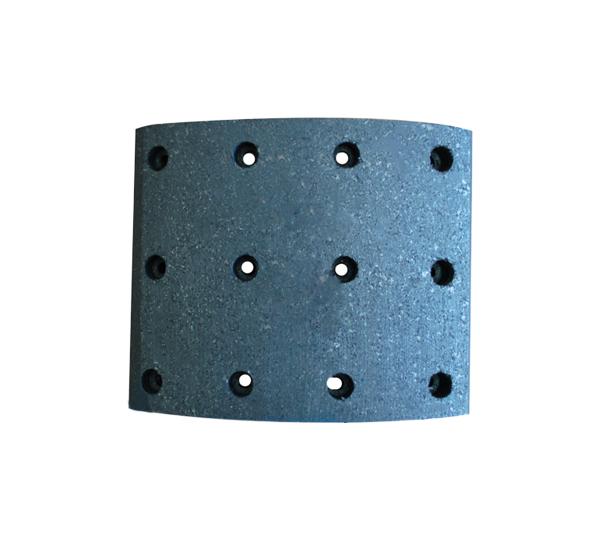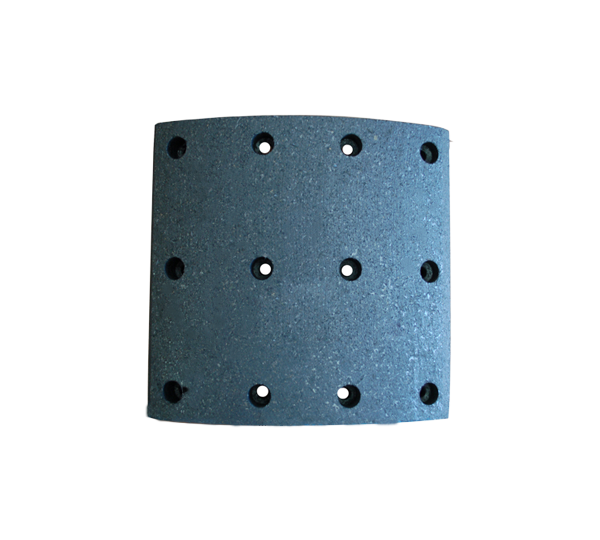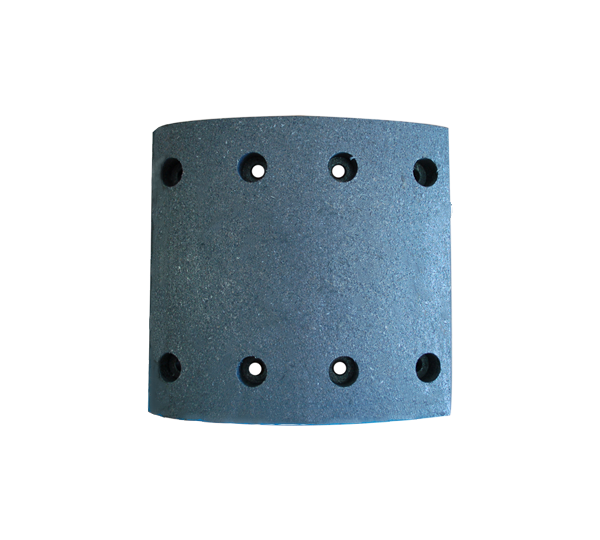Brake pads have a significant impact on the braking performance and safety performance of a car. Generally speaking, the life of a pair of brake pads is between 18,000 kilometers and 60,000 kilometers. The degree of wear varies according to each person's driving habits, of course, and driving The environment, the weight of the car, etc. are all related. However, the replacement cycle of brake pads is long, and friends who do not use the car frequently may need to replace it only once a year, so how do you know that you need to replace the brake pads? Teach you the easiest way to self-check brake pads! Learn to save a lot of money!
Generally speaking, the replacement cycle of most brake pads is about 100,000 kilometers, and then adjust according to your own usage. If you use more brakes, you need to replace them in advance, and if you use them sparingly, you can delay them appropriately. Some people say that it can be replaced when the brakes are weak, but this is not necessarily the problem of the brake pads, and replacing the brake pads may not solve the problem. In this case, it is more reliable to go to the 4S shop or repair shop for an overhaul. Of course, the above This reference standard is still a bit general. Friends who want to be more accurate can refer to this method: Friends who insist on using the original brake pads and maintain them in the 4S shop can choose to check in the maintenance manual of the car.brake lining
Senses, the senses here refer to the feeling of strength. When the brake pads become thinner, our braking effect will be affected. At this time, we need to press the brake pedal deeper to achieve the braking effect that can be achieved by pressing lightly. The braking effect is obviously weakened. Many people feel that their brakes become soft and cannot brake a bit. At this time, it is necessary to check whether the brake pads need to be replaced. The thickness here refers to the thickness of a new brake pad. At about 1.5cm, the thickness will gradually become thinner with continuous friction during use. Professional technicians suggest that when the thickness of the brake pads is only about 1/3 of the original thickness (about 0.5cm), the owner should increase the frequency of self-checks and be ready to replace them at any time.bus brake pad

When the brake pads become thinner, our braking effect will be affected. At this time, we need to press the brake pedal deeper to achieve the braking effect that can be achieved by pressing lightly. The braking effect in the first half is significantly weakened. Many people feel that their own The brakes become soft and can't stop a bit. At this time, it is necessary to check whether the brake pads need to be replaced. This method is relatively abstract, and it may be difficult to grasp by feeling. Therefore, it is very important to develop a good self-inspection habit. In addition, the reduced braking effect will increase the consumption of brake oil, so when replacing the brake pads, it is necessary to focus on checking the condition of the brake oil.truck brake lining
Our friends who own a car know that we must maintain our car regularly and change the three oil filters on a regular basis. However, the maintenance part that I told you today is not something that needs to be replaced every time it is maintained. , but also more important. The braking system of the vehicle is composed of brake pads, brake discs, brake calipers, booster pumps and the brake fluid that we will explain to you today.
Brake fluid is also called brake fluid, and its main function is to transmit pressure to the brake calipers. Brake fluid actually has four functions, which are energy transfer, rust and corrosion prevention, heat dissipation and lubrication. If we do not replace it regularly according to the maintenance regulations in the maintenance manual, the consequences will be very serious.
Like engine oil, brake oil is also graded, and the grades are mainly based on the difference in boiling point. The higher the grade, the less gas or impurities will be generated during driving due to excessive temperature. At present, the most widely used brake fluid in the market is DOT4 grade brake fluid, which has relatively strong water resistance and is not easily affected by water to reduce the boiling point. So as long as you don't go to rally, this level of brake fluid can already meet your daily needs.non asbestos brake lining
The time to replace the brake fluid, the editor recommends replacing it every two years or 40,000 kilometers, of course, it also depends on the specific usage. When you feel that your brakes are suddenly soft and hard, or there is a feeling that the car cannot be braked, it is necessary to quickly check whether the water content of the brake fluid is too high or there are impurities in it.
When replacing the brake fluid, we must pay attention to the fact that different brands of brake fluid must not be used together, because their formulas are different, and chemical reactions may occur when they are mixed together, thereby affecting the performance of the brake fluid. , resulting in an accident. In some high-end 4S stores now, they also choose to use a pressure pump to change the oil, which is to use pressure to add new oil in and release the old oil, and at the same time play a role of flushing.
When we change the brake oil, we must remember to step on the brakes with both feet. If the brakes are still soft or unable to brake, it is possible that air has entered the pipeline when the oil is changed. To continue to work hard to replace the car mechanic.


 English
English 中文简体
中文简体









